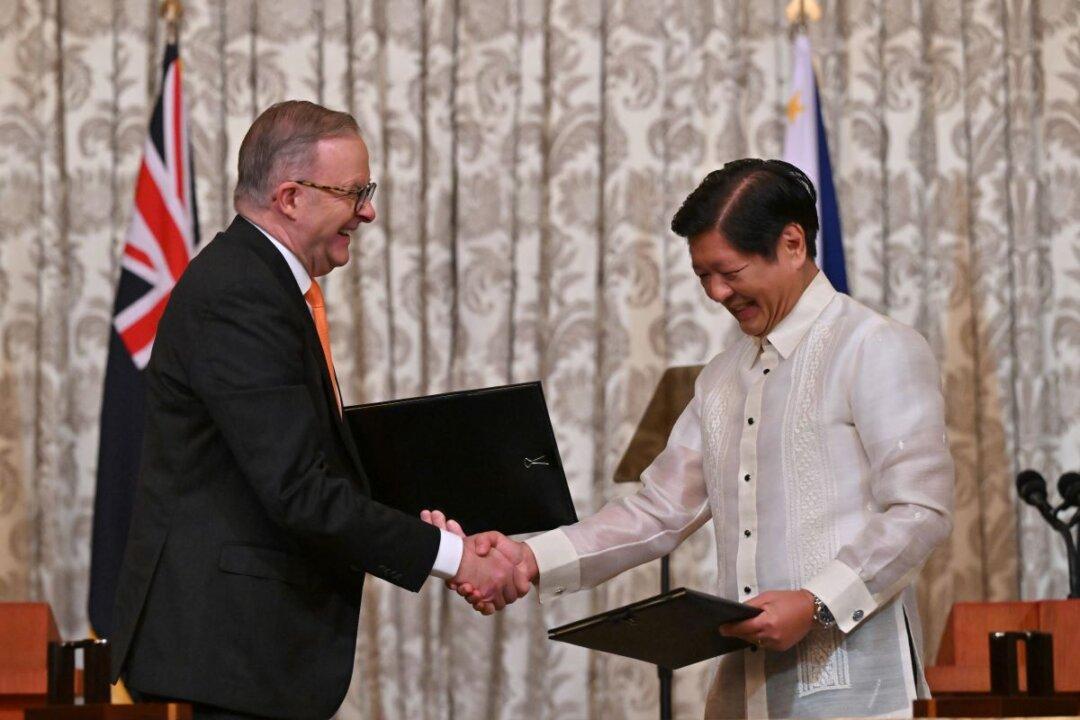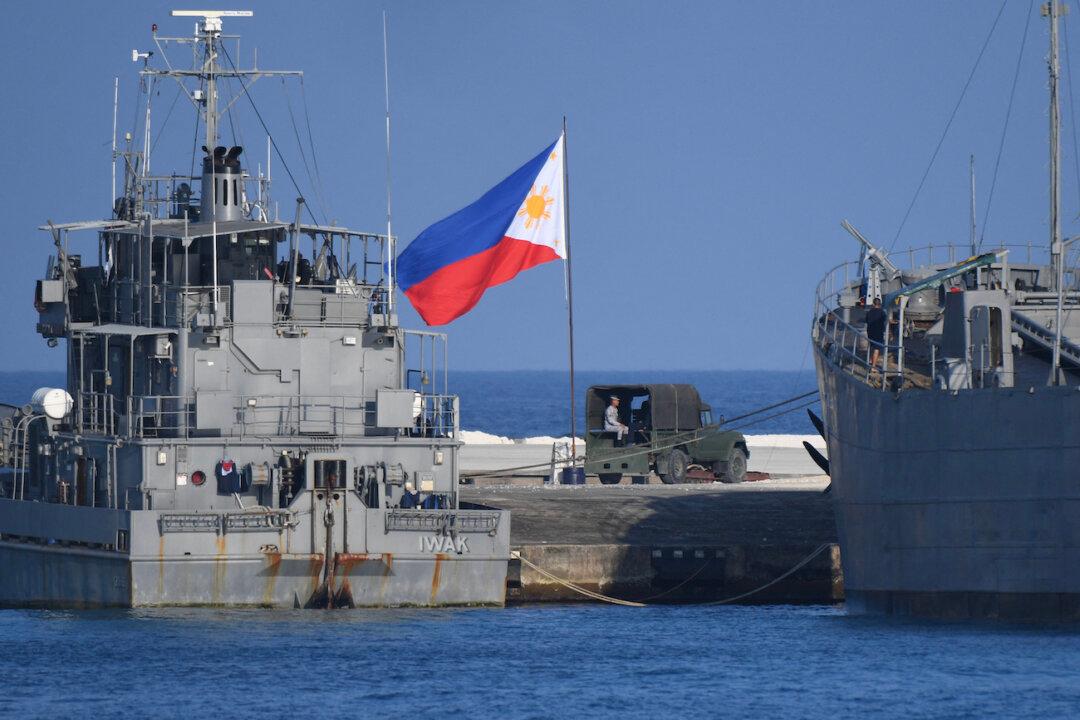The Pacific island nation of Palau, south-west of Guam, has offered land to the United States to increase its military presence in the region after the Chinese regime placed economic pressure on the country due to its ties to Taiwan.
Palau’s President Tommy Remengesau Jr. offered the United States land for ports, bases, and airfields during a visit by U.S. Secretary of Defence Mark Esper in September 2019.




